Technological Advancements in AR
The augmented reality-in-healthcare market is experiencing a surge due to rapid technological advancements. Innovations in AR hardware and software are enhancing the capabilities of medical professionals. For instance, the integration of AR with artificial intelligence is enabling real-time data visualization during surgeries. This not only improves surgical precision but also reduces the risk of errors. According to recent estimates, the market is projected to grow at a CAGR of approximately 30% over the next five years. Such advancements are likely to drive adoption across various healthcare sectors, including surgery, diagnostics, and patient care.
Growing Focus on Patient-Centric Care
The augmented reality-in-healthcare market is increasingly influenced by the growing emphasis on patient-centric care. Healthcare providers are recognizing the importance of involving patients in their treatment processes. AR applications are being developed to enhance patient education and engagement, allowing individuals to visualize their medical conditions and treatment options. This shift towards personalized care is likely to improve patient satisfaction and outcomes. As a result, the market is expected to witness a significant increase in AR applications designed specifically for patient interaction, potentially leading to a 25% rise in adoption rates over the next few years.
Regulatory Support for AR Technologies
The augmented reality-in-healthcare market is benefiting from favorable regulatory support aimed at promoting innovative technologies. Government agencies are increasingly recognizing the potential of AR in improving healthcare delivery. Initiatives to streamline the approval process for AR applications are being implemented, encouraging developers to create new solutions. This regulatory environment is likely to foster innovation and investment in the augmented reality-in-healthcare market. As a result, the market could see a substantial influx of new products and services, potentially increasing market size by 20% within the next three years.
Rising Investment in Healthcare Technology
The augmented reality-in-healthcare market is witnessing a surge in investment as stakeholders recognize the transformative potential of AR technologies. Venture capital funding for healthcare tech startups has increased significantly, with AR solutions attracting considerable attention. In 2025, investments in healthcare technology are projected to exceed $100 billion, with a notable portion directed towards AR applications. This influx of capital is likely to accelerate the development and deployment of AR solutions in healthcare settings, thereby expanding the market. The growing interest from investors suggests a robust future for the augmented reality-in-healthcare market.
Increased Demand for Remote Healthcare Solutions
The augmented reality-in-healthcare market is being propelled by the rising demand for remote healthcare solutions. As healthcare providers seek to enhance patient care while minimizing physical contact, AR technologies are emerging as viable tools. They facilitate remote consultations and virtual examinations, allowing healthcare professionals to interact with patients from a distance. This trend is particularly relevant in rural areas where access to healthcare services is limited. The market for telehealth services, which often incorporates AR, is expected to reach $250 billion by 2025, indicating a substantial opportunity for growth in the augmented reality-in-healthcare market.


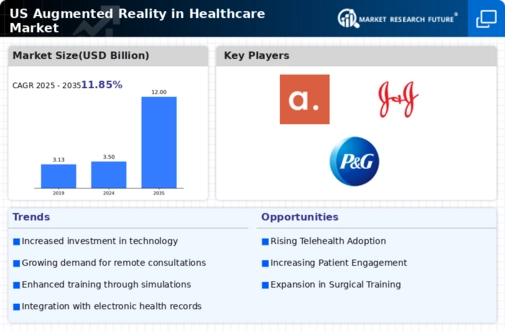
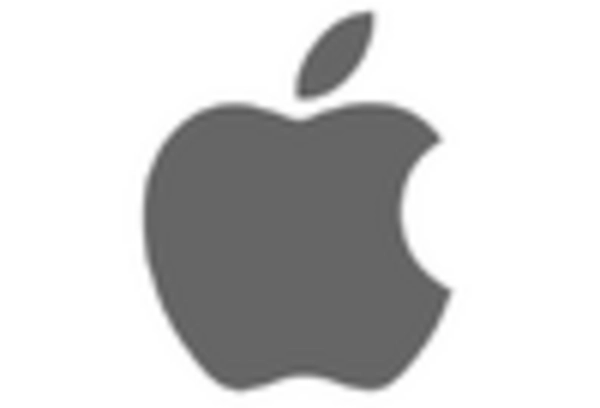
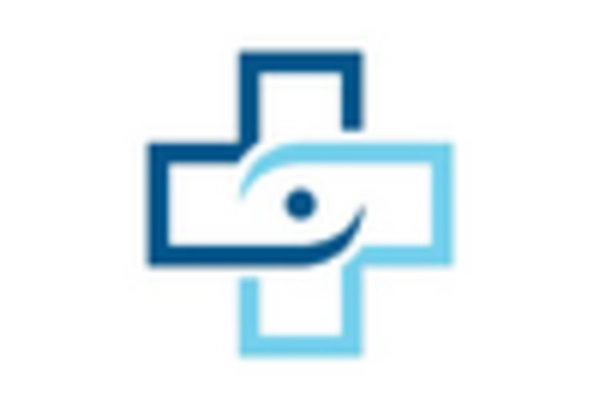

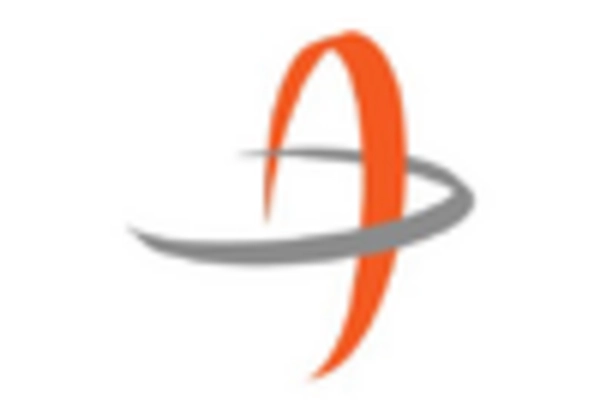
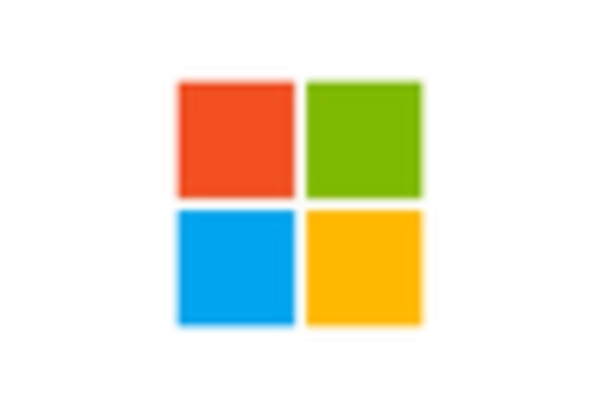
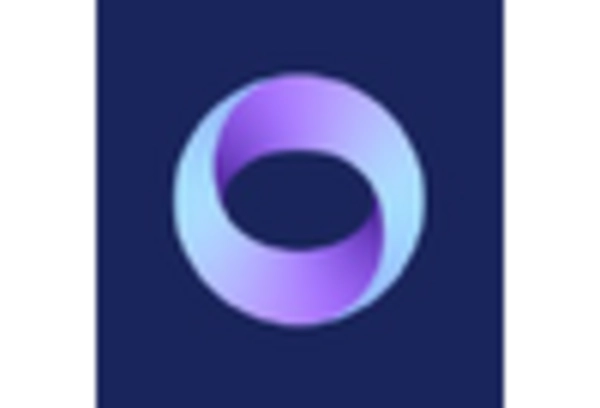








Leave a Comment